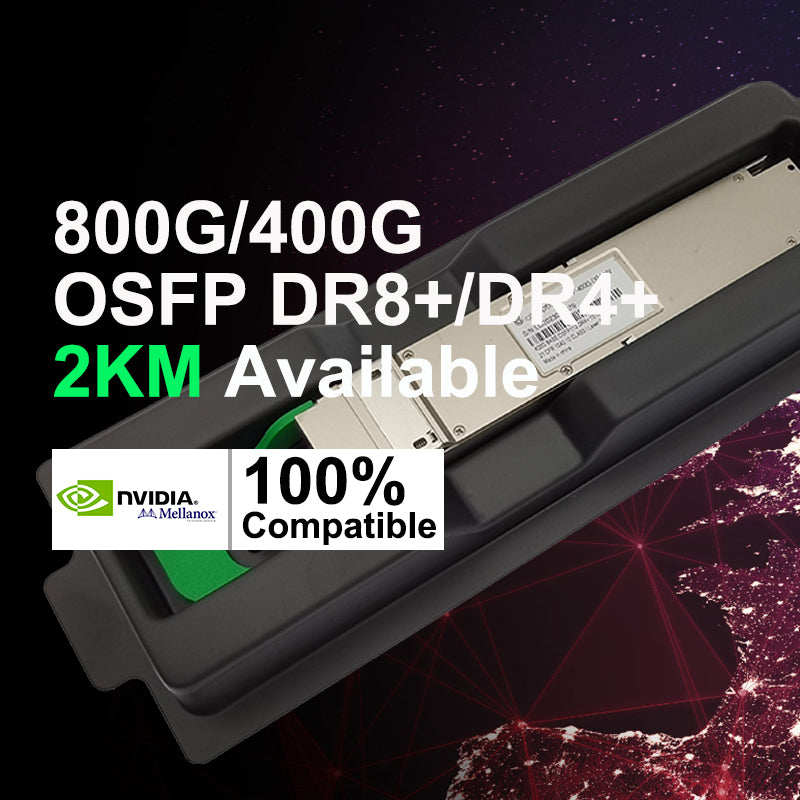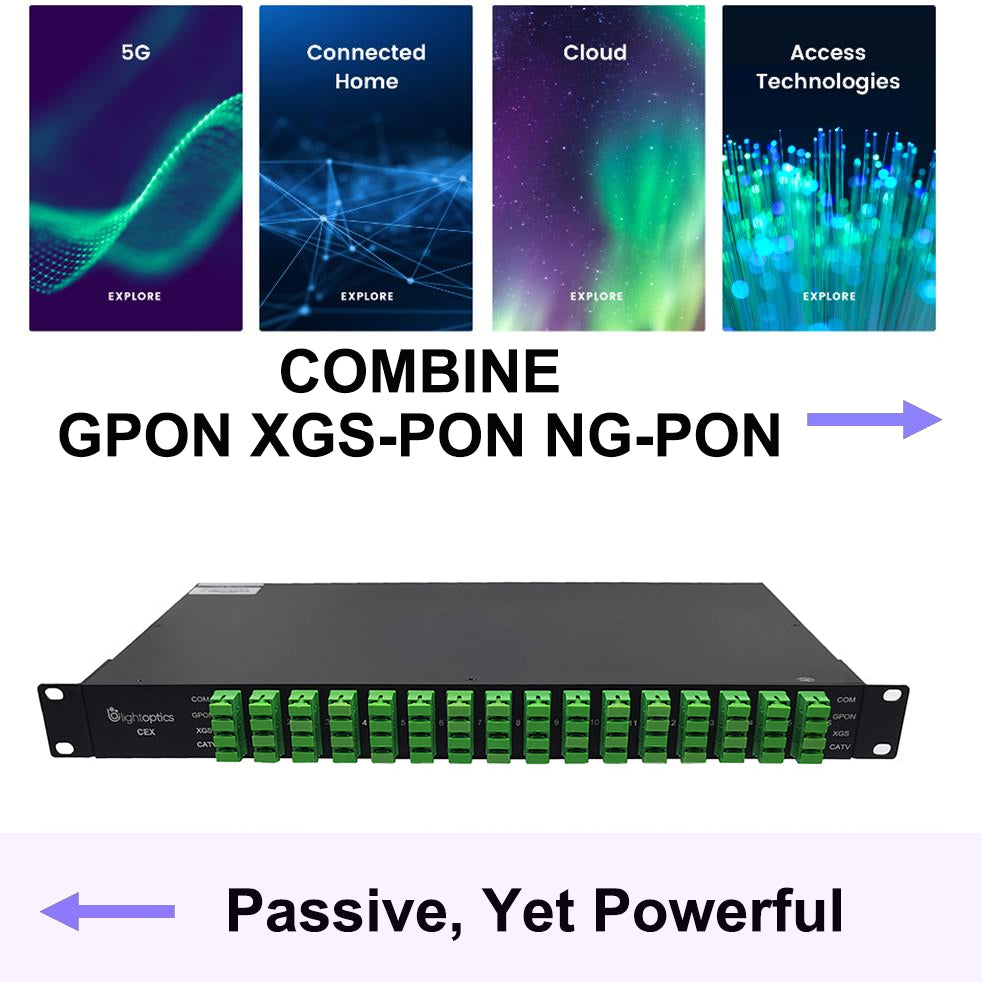EPON VS. GPON: Cost-effective Solution for Access Network
What is EPON? And what are the difference between EPON and GPON? With the increasing demands for higher capacity, more diversity and more personalization of services, the capacity and versatility of access networks needs to be expanded. Passive optical network (PON), as a major technology of FTTH, offers point-to-multipoint (P2MP) network access with lower installation and maintenance costs. EPON vs. GPON is today’s main subject matter of this paper.

What is EPON?
EPON (Ethernet passive optical network) enables computer network connections over telecommunications infrastructure. EPON (Ethernet PON) and GPON (Gigabit PON) are popular versions of PONs at present.
There are two types of EPON:
- Symmetric: Symmetric EPON provides equal data rates in both upstream (from the user to the server/provider) and downstream (from the server/provider to the user) directions.
- Asymmetric: Asymmetric EPON provides higher downstream data rates than upstream; asymmetric EPON usually operates at 10Gbits/sec downstream and 1Gbit/sec upstream.
10G-EPON
The 10 Gbit/s Ethernet Passive Optical Network standard, better known as 10G-EPON allows computer network connections over telecommunication provider infrastructure. The standard supports two configurations: symmetric, operating at 10 Gbit/s data rate in both directions, and asymmetric, operating at 10 Gbit/s in the downstream (provider to customer) direction and 1 Gbit/s in the upstream direction. It was ratified as IEEE 802.3av standard in 2009. EPON is a type of passive optical network, which is a point-to-multipoint network using passive fiber-optic splitters rather than powered devices for fan-out from hub to customers.

What is GPON?
GPON (Gigabit Passive Optical Network) is based on the TU-TG.984.x standard for the new generations of broadband passive optical access. GPON supports a variety of data rate levels, which can support asymmetric uplink and downlink rates, downlink 2.5Gbps or 1.25Gbps, uplink 1.25Gbps or 622Mbps. Users can determine uplink and downlink rates according to actual needs and select the corresponding optical transceiver to improve the optical device value for money.

Passive Optical Network (PON)
Passive optical network (PON), as a major technology of FTTH, offers point-to-multipoint (P2MP) network access with lower installation and maintenance costs. A PON takes advantage of wavelength division multiplexing (WDM), using one wavelength for downstream traffic and another for upstream traffic on a single mode fiber.
EPON vs GPON
In fact, both GPON and EPON deliver Ethernet to the end user. The difference is GPON is a purpose-built point to multi-point transport protocol while EPON conscripts Ethernet to attempt the same inefficiently.
In terms of cost, The GPON optical module is more expensive than EPON. Because the GPON chipsets available in the market are mostly based on FPGA (Field Programmable Gate Array), which is more expensive than the EPON MAC (Media Access Control) layer ASIC. When GPON reaches deployment stage, the estimated cost of a GPON OLT is 1.5 to 2 times higher than an EPON OLT.
The following table shows the detailed information about EPON vs. GPON.
| Category | EPON | GPON |
| Standard | IEEE 802.3ah | ITU-T G.984 |
| Upstream | 1310mm | 1310nm |
| Downstream | 1550mm | 1490&1550mm |
| Protocol | Ethernet | ATM,Ethemet,TDM GEM |
| Bandwidth | Dowm≤1.25Gbps UP≤1.25Gbps |
Dowm≤2.4Gbps UP≤2.4Gbps |
| Max Distance | 10 or 20km | 10 or 20km |
| Max Split Ratio | 64 users | 64 users |
Conclusion
Through EPON VS. GPON, we can see that they are the same in architecture but for different data rate and applications. Both of GPON and EPON have their own advantages and disadvantages. It’s hard to say which is better. It seems that we will continue to use them in the future. For the users who have demands of multi-service, high QoS and security, as well as ATM backbone network, GPON seems to be an ideal. And for the one who is much care about the cost and has less security requirements, EPON may be better.
LightOptics provides the best EPON and GPON SFP products for internet, together with professional chassis and accessories to meet all your needs.












